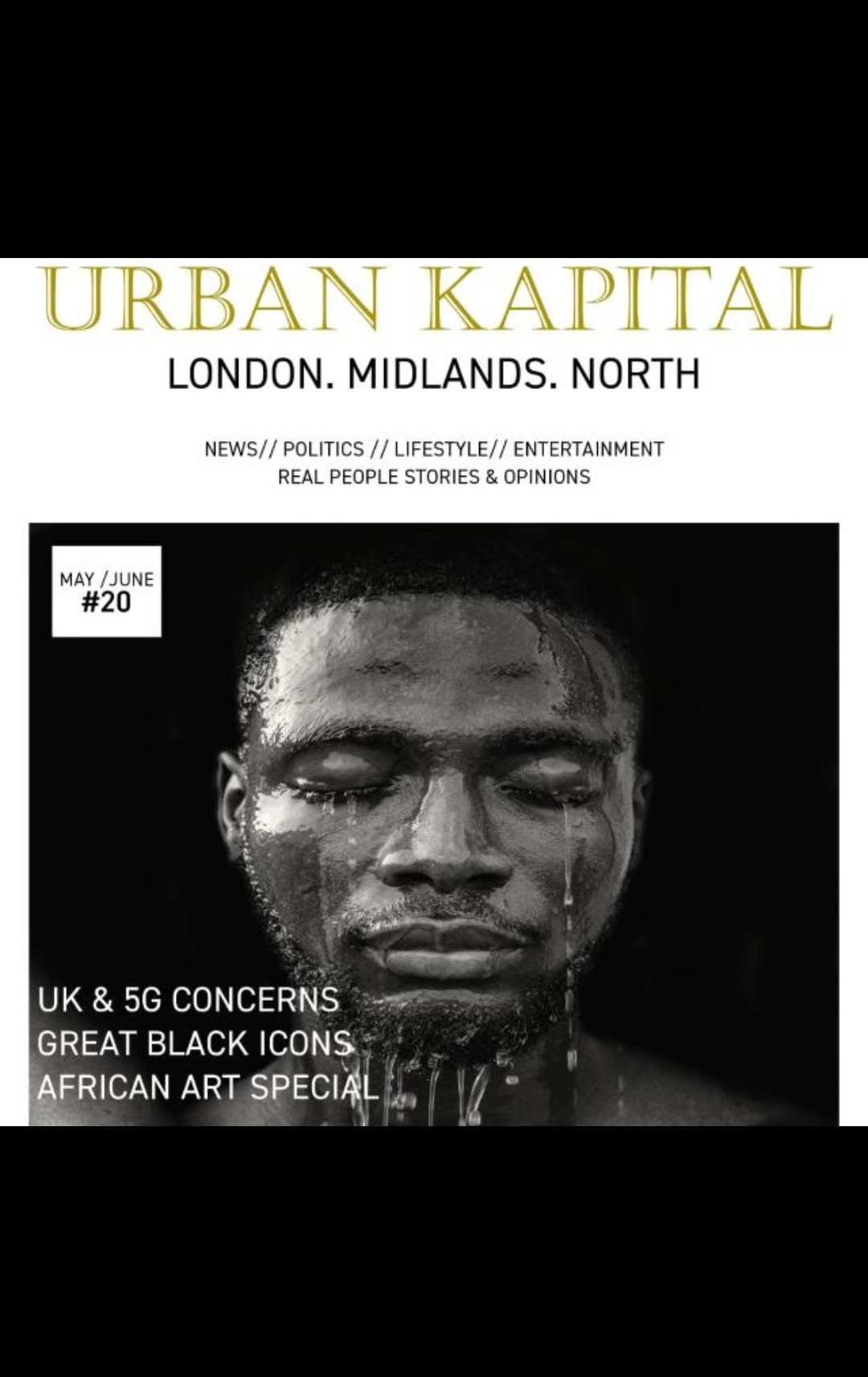Ethnic diversity bodies in a White world
- Urban Kapital

- Jun 15, 2020
- 4 min read
Updated: Jul 8, 2020
We live in a world driven towards health. We are pushed by the threat of obesity on the one hand and the lured by the media towards the perfect body on the other. That body isn’t ours -as it’s always something to achieve or maintain- and it isn’t culturally sensitive. Many pieces of research argue that the media “implicitly and explicitly circulate normative ideals of body size and shape informed by monocultural views”. Consequently, non-White bodies are placed at a disadvantage. They are driven, lured, limited and cajoled by meanings of fitness, health and beauty that present White as normal and desirable and which give negligible attention to ethnic-minority bodies. In short, we are asked to achieve someone else’s ideas of the ideal. But this is not how it should be.

Fitness, health, beauty have complicated enough concepts for any person to understand. Indeed, for any person. You and I included. For ethnic-minorities, meaning-making about what it is to be fit and what fitness means are complicated by the media’s focus on the White ‘norm’ in the context of global health.
Drawing on several theories around Whiteness, post-feminism and race, the literature argues that for a need to interrogate assumptions and mechanisms of domination and subordination at the places where matters of colour, gender, race, and social class intersect. They seek to challenge practices in education that maintain the status quo around exclusion and discrimination. They do this to have a meaningful impact on people’s identities, lives and experience. For them “Whiteness is ignored, taken for granted and universalized … [and as a consequence] …Whites benefit at the expense of non-whites”. Such adherence to White norms and expectations means that normal is White, while ethnic-minorities and their bodies are held to account for non-compliance to these norms. But we are not here to buy this painted truth.

The lack of media reference to ethnic-minority role-models in the worlds of health, diet and fitness implicitly tells certain young people that their bodies matter while simultaneously telling others that they don’t. If, as a consequence of media messages and a lack of criticality, people believe these norms then they run the very real risk of body dissatisfaction and lack of motivation to engage in physical activity. When these messages invade school -which they are sure to do- and Whiteness becomes the all in ‘Education for All’, then schools run the very real risk of approving “White ideals of body size”. Put simply, they carelessly ‘tell’ ethnic-minority students that they need to regulate, manage and discipline their bodies to match these White ideals. But this is not true!
A discourse analysis of truthful media should be more oriented to “I Am Who I am, and I Am Proud of It”. The media’s validation of idealised White people as ideal bodies holds White people accountable for Health, legitimating, valuing and making their ‘efforts’ and body achievements visible to the public. Conversely, the absence of black bodies implicitly tells viewers that Blacks are not as successful at this -fitness and health- as whites.

With this article, I want to take a critical stance against the media’s fixation on Whiteness models, to allow alternative ideas and accounts of the body to merged that might otherwise remain suppressed. Racism is not only the one we see at an institutional level but also in standardised expressions of fitness, health and the body. It is very difficult for the media to leave Whiteness body images and to adopt more other bodies’ models. We as urban Kapital are working hard to promote the stories of ethnic minorities, of others, and value their bodies and their experiences. We need to take rally against ‘The Only Whiteness’ and ensure that every search we do is representative.
It is not new that the ideal body image is presented in mainstream media as eternally young with a very thin body, long legs, light skin, light eyes, and blonde hair. While visible racial and ethnic minorities are rarely displayed in mainstream beauty-oriented media, promoting social connectedness, ethnic identity is theorized to be an important protective factor against body dissatisfaction because ethnic groups hold different values and ideals of appearance. For example, traditional Hispanic/Latino cultures can be described as idealizing a curvier body and valuing close, interdependent family relationships, deterministic thinking, collectivism, and friendliness. Similarly, African cultures traditionally idealize a larger figure and bases a woman’s overall attractiveness more on having the right style and attitude than one meeting a given physical standard.
The naked truth is that tremendous value is placed on physical appearance as a determinant of social value that takes inspiration to White models. Ample research suggests that exposure to and personal acceptance of mainstream White appearance ideals predicts body dissatisfaction in too many peoples. As such, it is critical for all of us to foster a positive connection with our physical appearance by fighting against mainstream beauty ideals.
But let’s think about it. We're in a pandemic, it's okay if our body is not the “typical mainstream media one” or if it changes. It's okay if our body changes because our routine has. It’s extra hard to be human in this world right now, and an extremely challenging time to have an Eating Disorder too, and it’s okay to feel that and struggle as a result. To fluctuate is human, and bodies usually know where they’re happiest and will fight to be and stay there. Long story short? We need to rethink race and the body in a global era.










Comments